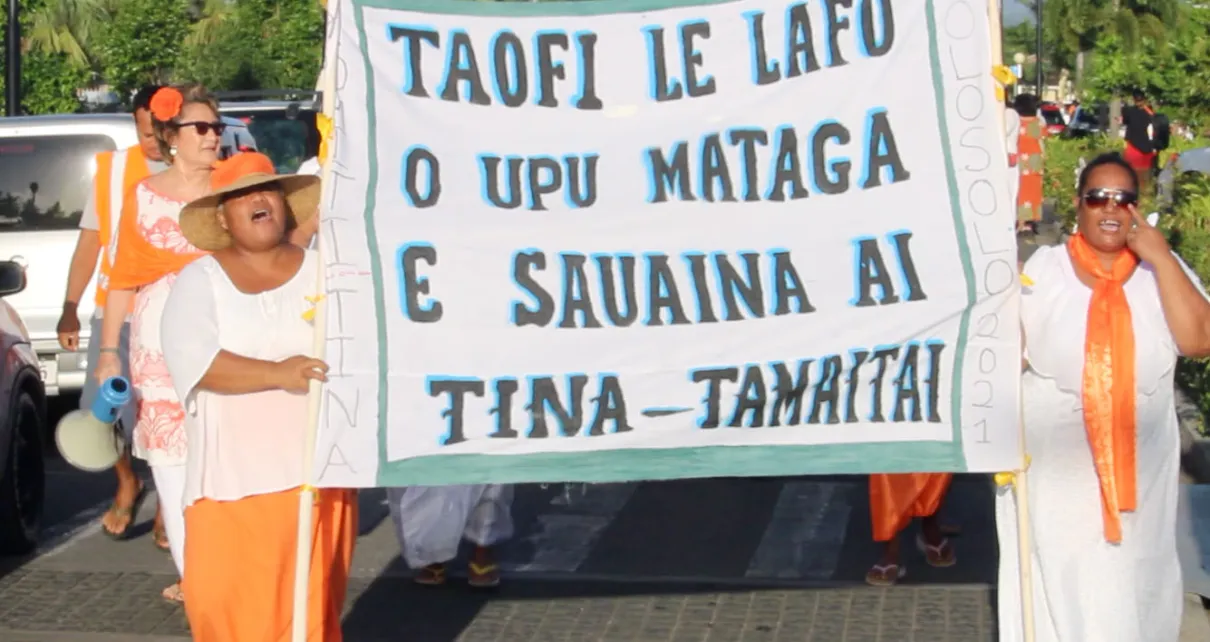By Staff Writer
Violence against women and young girls have increased in Samoa by 14 percent since the last Family Safety in Samoa study of 2017 shows.
The Minister of Women, Community and Social Development, Leota Laki Sio, disclosed the worrying statistics at the launching of the annual 16 Days of Activism this morning.
Leota went over, in front lawn of the Government FMFM II Building, the findings of the first study in 2000 that showed 46% of women had experienced domestic violence in their lifetime.
“The same study was redone in 2017 and it showed that this figure has escalated to 60%, an increase of 14%,” he revealed
The Minister added more reason for concern when follow up discussions with ‘stakeholders’ found 87% of women experienced threats of violence, 86% suffered physical violence and about 10% raped by a family member.
He puts the estimated costs of the violence at between $98m -$132m or about 6-7 per cent of GDP.
Based on the statistics, the Minister believes “…our families and communities are not safe, that our children, our people with disabilities, our women and girls and even us men are no longer safe.”
Today’s launching of the ’16 Days Of Activism’ is the 10th since it first started and Leota is concerned about the results so far.
“It has been ten years of advocacy at all levels. Ten years of reviews, refocusing, reformulation of policies, legislation, planning of frameworks, structures but sadly with very disappointing results.”
The Minister listed key areas the Ministry plans to re-focus the attention, at the start of the 10th year of the gender based violence “Malu i Fale, Malu i Fafo” activism campaign rallying call.
Traditional culture, church, community partnerships, family support programmes, monitoring, evaluation, information, and communication.
Safety for women and girls, persons with disability including children and men will be discussed along these selected areas using the Samoan methodology of rolling out the talking mat or “Fofola le Fala”.
“This year we have also changed our theme colour to Black. I am told that whilst Black is generally a negative colour depicting death, uncertainty, and darkness, Black also means power, elegance, and solidarity.
“That using Black for this campaign we can stand together to end all forms of violence. I am told that the change of colour is not a snob to the rest of the world but more a publicity strategy to enforce our message for change.”
The Minister is hopeful “… that this change of colour will have a positive impact on this campaign.”
